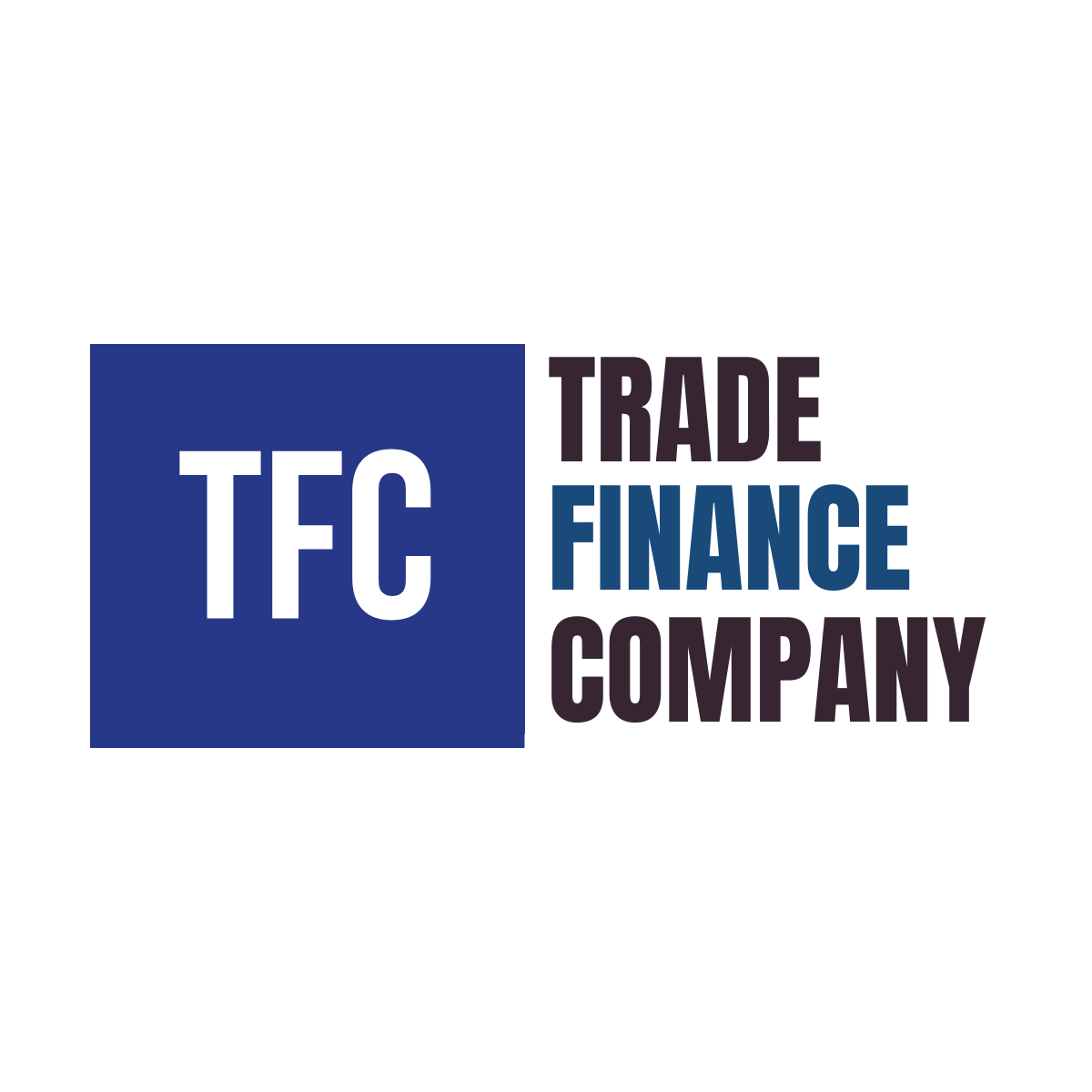How Letters of Credit Empower Global Trade: A Reliable Tool for Business Security
In the world of international trade, where buyers and sellers often operate oceans apart, trust is everything. A Letter of Credit (LC) acts as a vital bridge of security between trading partners, offering a financial guarantee that the buyer will pay the seller on time and in full—provided the terms are met. This trusted instrument has empowered global commerce for decades by reducing risk, ensuring payment, and enabling businesses to trade confidently across borders.
In this week's article, you’ll learn how Letters of Credit can protect your business, unlock new markets, and ensure smooth international transactions—even when trading partners are unfamiliar or geopolitical risks are high.
Imagine shipping your goods overseas only to discover the buyer refuses to pay—or worse, disappears. It’s every exporter’s nightmare. Letters of Credit remove that fear by ensuring the payment is secured by a trusted financial institution, not the word of a distant partner. For importers, it means they don’t have to pay until the seller fulfills their part of the deal. This mutual protection builds trust, confidence, and the freedom to grow globally without second-guessing every deal.

“Letters of Credit are the heartbeat of international trade—they bring trust to transactions where uncertainty once ruled.“
— Elena Ruiz, Global Trade Finance Expert

By reading this blog, you'll gain a solid understanding of how Letters of Credit work and why they’re a cornerstone of global trade. We’ll walk you through their key benefits, including risk mitigation, payment assurance, and improved cash flow. You'll also learn how to practically implement LCs in your trade deals, whether you’re an exporter or importer. Most importantly, you'll discover how using LCs can give your business the confidence and leverage it needs to expand internationally while minimizing exposure to fraud or non-payment.
1. Evaluate the Risk Level of Your Trade Partner Beforehand
Before even applying for a Letter of Credit, assess the risk involved with the country, company, and industry you’re dealing with. The more volatile or unfamiliar the market, the more critical it is to protect your transactions with an LC.
How to do it:
• Conduct due diligence through online trade directories, government export resources, or credit reports.
• Consider the political and economic stability of your partner’s country.
• Use tools like the OECD country risk classification or speak to a trade finance advisor for a professional risk evaluation.
2. Choose the Right Type of Letter of Credit
Different trade scenarios require different LC types. Selecting the correct LC for your transaction structure can improve cash flow, protect delivery timelines, and prevent disputes.
How to do it:
• Sight LC: Use this when you need fast payment upon shipping and document submission.
• Usance LC: Opt for this if your buyer needs time to make payments, offering better flexibility.
• Confirmed LC: Ideal when the buyer is in a high-risk country—you’ll have a local bank backing the guarantee.
• Revolving LC: Useful for long-term contracts with repeated shipments.
Discuss your trade terms with your finance provider to match the right LC with your needs.
3. Ensure Precision in Documentation
The success of an LC heavily depends on your ability to submit the exact documents required under the agreed terms. Even small errors—misspellings, inconsistent dates, or missing signatures—can result in payment delays or rejections.
How to do it:
• Make a checklist of all required documents (e.g., invoice, packing list, bill of lading, insurance, certificate of origin).
• Have an experienced trade documentation professional or freight forwarder review your documents.
• Double-check that all data is consistent across every document submitted to the bank.
4. Set Realistic Timelines and Clarify Terms Early
Delays in shipping, customs clearance, or document submission can affect LC compliance. Make sure you and your trade partners are on the same page from the beginning.
How to do it:
• Clarify who handles what—document preparation, freight, insurance, etc.—during the negotiation phase.
• Agree on shipping windows, expiration dates of the LC, and any grace periods.
• Work backward from the LC expiry date to establish internal deadlines for each document.
5. Work with an Experienced Trade Finance Provider
Not all banks or institutions offer the same level of trade finance support. A seasoned provider can help structure your LC, communicate with advising or confirming banks, and troubleshoot any issues that arise during the transaction.
How to do it:
• Partner with a provider that has global experience and a responsive team.
• Ask questions about fees, turnaround time, and documentation requirements.
• Build a relationship with your trade finance consultant—they can help tailor solutions and offer updates on regulatory changes.



